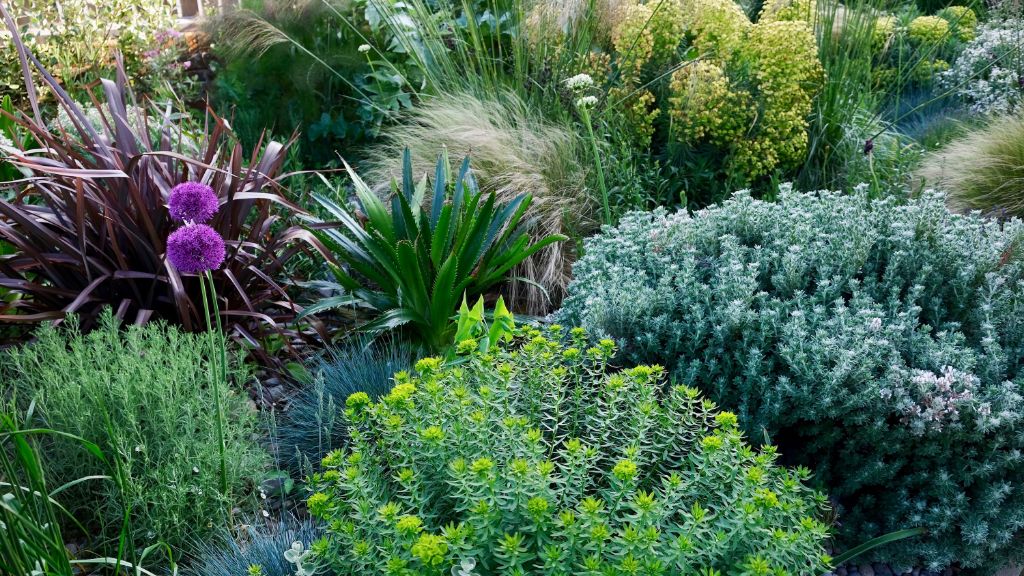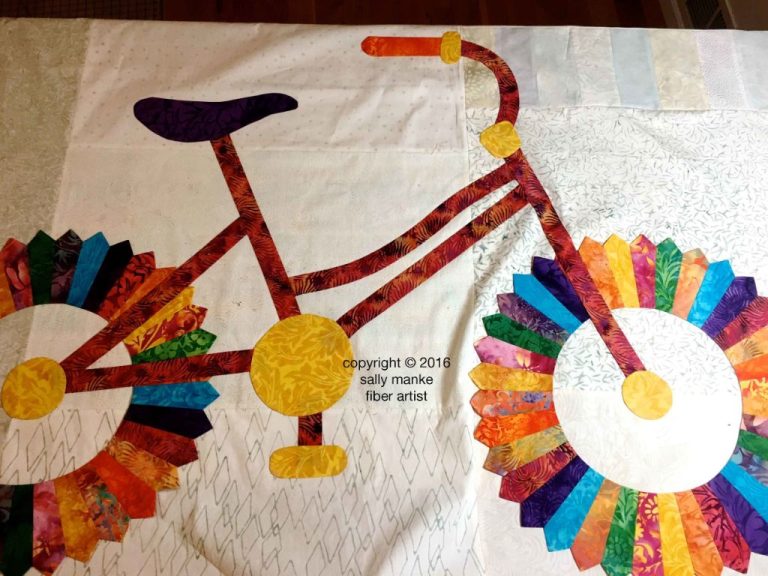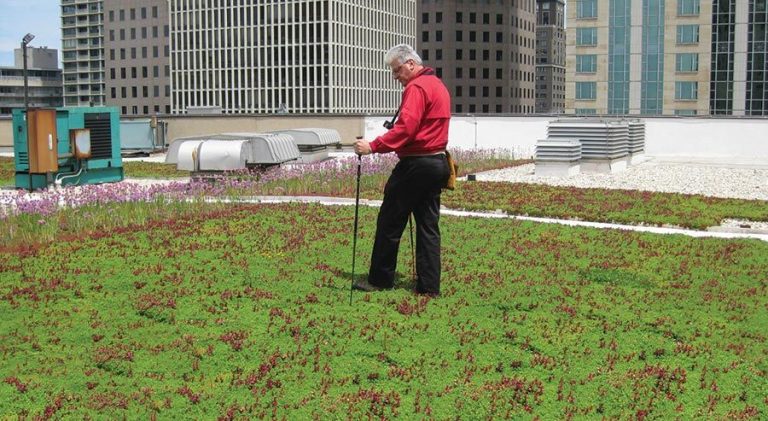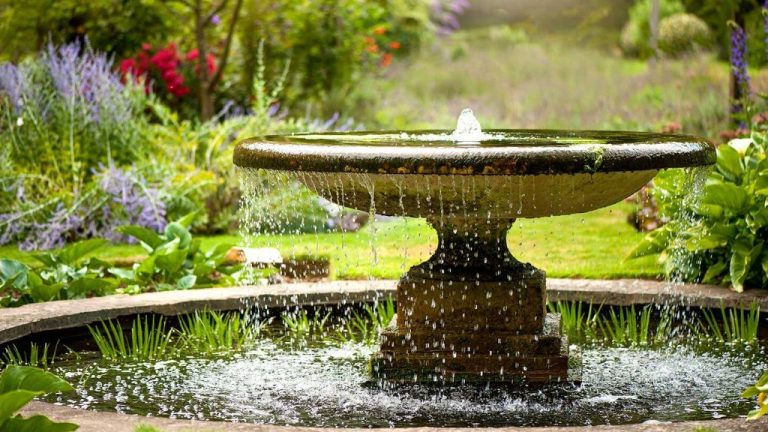Coastal-Inspired Landscaping: Bringing The Beach To Your Backyard
Coastal-inspired landscaping has become an increasingly popular trend for backyards and landscapes in recent years. The goal is to recreate the relaxed, beachy feel of seaside living. There are many benefits to bringing the coast to your own backyard.
Coastal landscaping evokes a sense of tranquility and vacation. Listening to the sound of a backyard water feature is reminiscent of ocean waves. A sandy seating area makes you feel like you’re at the beach. Coastal plants and flowers can transport you to a tropical paradise. Overall, this type of landscaping can make you feel like every day is a beach getaway.
To achieve a coastal backyard design, there are several key elements to incorporate. Using sand, seashells, driftwood, and water features can help capture the beach landscape. Choosing the right coastal plants and adding nautical decor lend to the oceanfront style. Hardscaping and cozy seating areas make for a relaxing outdoor living space. This article will explore ideas and tips for creating your own coastal oasis at home.
Use Sand and Seashells
Adding natural sand and seashells can bring the beach look and feel to your backyard. Scatter crushed shells and sand along garden pathways or patios for a coastal vibe.
Seashells add valuable minerals like calcium to the soil as they break down over time, which can help condition and nourish plants. According to research, crushed seashells can help adjust soil pH and provide nutrients. [1]
For best results, look for medium grade crushed shells no larger than 1/4 inch. This size blends into the landscape well. Top dress garden beds and patios with a 1-2 inch layer of crushed shells. For pathways, use a deeper 3-4 inch layer so shells don’t get kicked out as easily. Blend shells with sand or soil for cohesion.
Seashells do require maintenance as they can wash away over time. Expect to replenish the shells annually or as needed. Concentrate shells along edges and high-traffic areas. Remove leaves or debris that accumulate on top of shell layers. Consider installing a stabilizing base of gravel, pavers or mulch beneath the shells.
Incorporate Driftwood
Driftwood can add visual interest and a coastal vibe to your landscaping. Here are some ways to incorporate it:
Create borders or pathways using multiple pieces of driftwood of varying sizes. This can delineate garden spaces in an organic way. Source larger pieces of wood locally or gather smaller pieces washed up on the beach.
Construct driftwood benches for seating areas. Arrange the pieces thoughtfully and affix them together with screws or adhesive. This makes for natural yet sturdy seating.
Incorporate singular statement pieces of driftwood as garden accents. Look for interesting shapes or pieces with natural character. Prop against a wall, lie flat across a garden bed, or mount on posts.
Use multiple thin pieces of driftwood to make a wall border or screen for added privacy. Overlap them in a pleasing pattern.
Construct vertical driftwood sculptures as focal points. Let your imagination guide you in making abstract shapes or figural pieces.
Choose Coastal Plants
When landscaping a coastal backyard, it’s important to choose plants that can withstand the salty sea air, frequent winds, and sandy soil. Look for salt-tolerant, wind-resistant plants that evoke the seaside. Some top options include:

Grasses like pampas grass, seashore paspalum, and shore juniper are great choices, as they can handle coastal conditions. Ornamental grasses add texture and flowing movement to mimic beach plants.
Palms likeEuropean fan palm, Mexican fan palm, or windmill palm thrive near the ocean and give a tropical flair.
Succulents and sedums are drought tolerant and low maintenance. Try sea lavender, sea thrift, green carpet, and blue sea holly for splashes of color.
Other classic coastal plants include lavender, fuchsia, cosmos, poppies, sage, and rosemary. Opt for salt-tolerant varieties.
When selecting plants, avoid invasive beach plants like Spanish bluebells, seaside goldenrod, beach vitex, and Scotch broom. Make sure to choose coastal plants suitable for your specific region and growing conditions.
Use Water Features
Water features like small ponds, fountains, and rain chains are a great way to bring the sights and sounds of the ocean to your backyard. The soothing sound of running water evokes the gentle waves and tides of coastal areas. Consider installing a small pond with a bubbling rock fountain, or opt for a tiered fountain with water cascading down like a waterfall. If you have gutters, install rain chains to lead rainfall into garden beds or ponds with a pleasing auditory effect. You can also find fountains designed specifically for coastal decor, like this quaint lighthouse fountain or a sculptural piece incorporating seashells and starfish. Position your water feature where you can see and hear it from seating areas to fully enjoy its tranquil ambience.
Include Nautical Decor
To further showcase a coastal theme in the backyard, strategic use of nautical decor can bring the seaside ambiance home. Popular nautical decor options include anchors, buoys, oars, and fishing nets. However, it is important to use nautical elements sparingly to avoid looking like a shipwreck washed ashore.
Focus nautical decor in one or two areas for maximum impact. For example, place an anchor, buoy, and coiled rope near the patio or seating area. Or install an oar as a unique garden trellis. Just be careful not to go overboard and clutter the yard. The goal is to evoke the feeling of being by the ocean, not recreate a maritime museum.
Use Coastal Colors
Coastal design creates a calming, breezy atmosphere. Stick to lighter shades like off-white, sand, light blue, and tan to evoke the colors of the beach and sky. Avoid bright, heavily saturated colors; instead opt for muted shades inspired by weathered driftwood, sea glass, and timeworn shells. According to The Spruce, pale blue is a quintessential coastal color that brings to mind peaceful waves and clear skies. Combine it with neutral tans reminiscent of beach sand. Crisp white maintains an airy feel and works for trim, furnishings, or accents. Keep hues light and natural for a relaxed aesthetic.
Consider Hardscaping
Hardscaping refers to the non-living features used in landscaping, like pathways, patios, walls, and structures. Carefully chosen hardscaping elements can enhance the coastal look and feel of your backyard.
Using permeable materials like crushed shells or pebbles for garden pathways will complement the natural, beachy environment. Pavers made from materials like stone, brick, or concrete can also achieve the coastal aesthetic when laid in winding, organic patterns.
Incorporate coastal-inspired retaining walls or seating walls using materials like natural stone or weathered wood. This can help create separate spaces in your landscape while providing extra seating areas to enjoy the outdoors.
Patios made from flagstone, travertine, or composite decking can become inviting outdoor living spaces with the addition of coastal-inspired patio furniture, a fire feature, or built-in seating.
Add Cozy Seating Areas
One way to create a coastal oasis in your backyard is to incorporate cozy seating areas for relaxation. Consider adding porch swings, hammocks, or classic Adirondack chairs painted in bright colors like blue, green, or yellow. Group chairs together to make inviting conversation nooks, and place them under shade trees or patio covers to provide cooling relief on hot summer days.
For the ultimate in relaxation, install a sturdy hammock stand and stretch out a woven hammock to gently sway in the breeze. Use comfy pillows and an area rug underneath to make it even cozier. If space allows, create multiple seating vignettes around your yard. For example, have a bistro set up near the home for morning coffee, a swing set up by the trees for reading in the afternoon, and a gathering of Adirondack chairs by the firepit to enjoy at sunset.
Strategically placing lighting like lanterns and pathway lights will allow you to continue enjoying your coastal oasis into the evening. Just be sure they are rated for outdoor use. Incorporating cozy seating and relaxation nooks will help transport you to the beach, even in your own backyard.
Conclusion
Creating a coastal-inspired backyard doesn’t have to be complicated or expensive. By incorporating a few key elements like sand, seashells, driftwood, coastal plants, and water features, you can easily bring the essence of the beach to your own outdoor space. Focus on natural materials, cool colors, and cozy seating areas for a relaxed, seaside vibe. With some creativity, you can turn your backyard into a peaceful escape that feels like your own private seaside oasis, no matter how far from the ocean you may be. A coastal-inspired landscape is a beautiful way to bring a sense of tranquility and the joy of the beach to your home.






